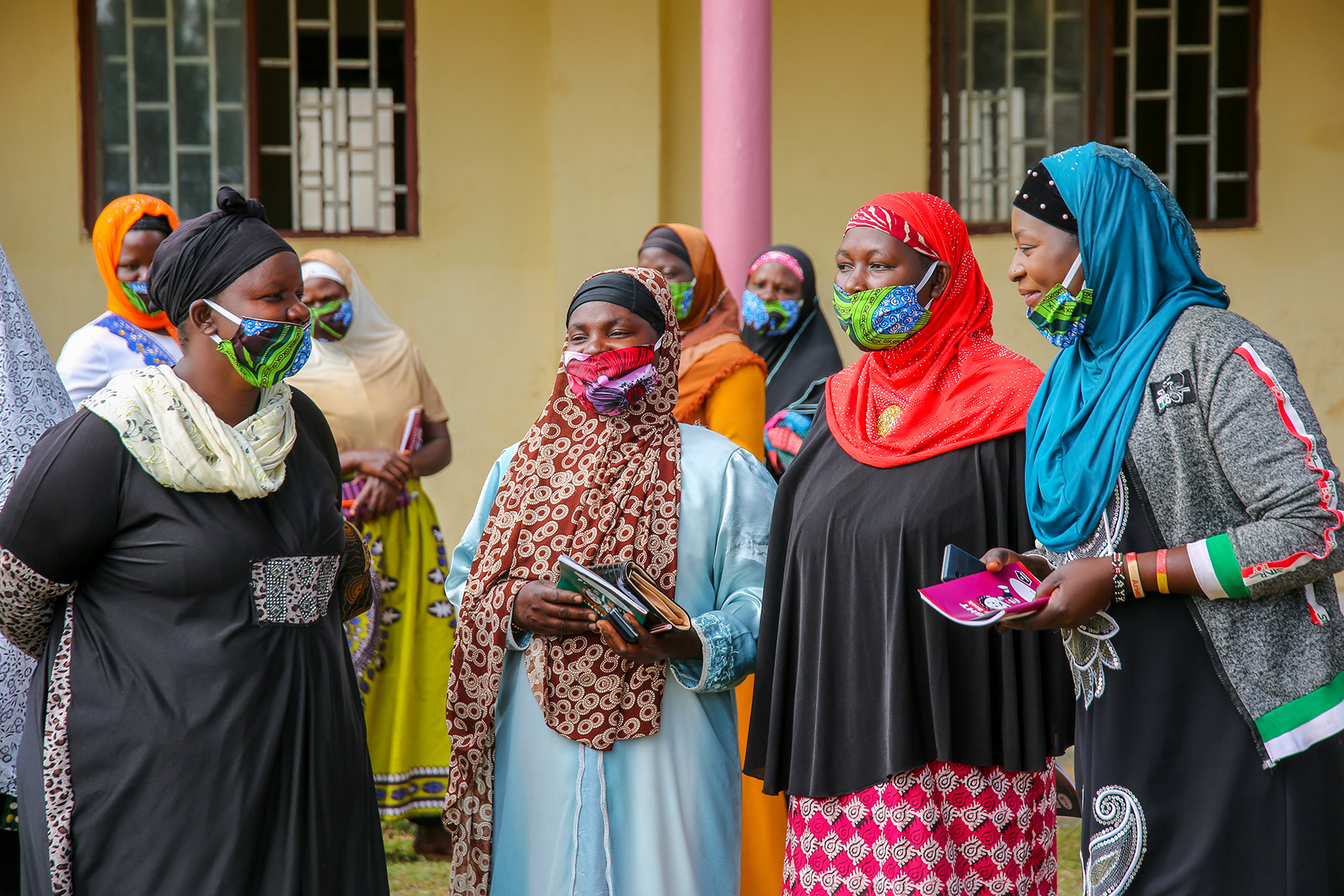
A group of Muslim women rehearsing their script during a radio training organised by The Sophie Muwanika Institute of Art for Change in Bugiri district, Uganda.Image courtesy of Rashida Namulondo.
The Research problem
The Audiovisual (AV) industry is undergoing rapid transformation, driven by emerging technologies, including interactive and immersive experiences, real-time collaboration, and artificial intelligence. The audiovisual industry (film, television, streaming platforms) plays a pivotal role in shaping cultural narratives and societal perceptions. However, religious minorities remain underrepresented, misrepresented, or stereotyped in mainstream media, perpetuating exclusion and social inequity. Systemic barriers, such as industry hiring practices, content creation biases, and inadequate governmental policies, further marginalize these groups. Women from religious minorities face compounded discrimination due to intersecting identities of faith and gender, often experiencing exclusion both within their communities and in the industry. Despite growing discourse on diversity, there is limited research on how religious identity intersects with other factors (e.g., gender, ethnicity) to shape opportunities and representation in the AV industry. Even though the AV industry is considered a catalyst for accelerated transformation and inclusion, there remain gaps in regulatory frameworks and policy provisions, as well as areas of exclusion, misrepresentation, and exploitation, especially regarding religious minorities. Specifically, Muslims are often misrecognised and misunderstood, with the UN specifying that whilst countries have a responsibility to address any hatred based on religion in ways that comply with human rights, there is a lack of policies and programmes that promote diversity at the national level.
This project investigates government-level provisions in terms of inclusion and representation of religious minorities, on the one hand, and actual practices, on the other. By so doing, we seek to reveal gaps in regulatory frameworks and identify best practices of inclusion and representation of Muslim minorities within the AV sector in Ghana, Uganda, Thailand, and the UK. As an additional focal point, we are interested in how Muslim women in these contexts use the AV industry as an alternative form of economic activity and a means to gain social justice. Thus, we consider our cases from an intersectional, multidisciplinary perspective, paying attention to multiple geopolitical and social variables. As a result, the project will have global resonance, especially in contexts where Muslims constitute a significant autochthonous minority.
Research Design
To achieve the research objectives of identifying government-level provisions in terms of inclusion and representation of religious minorities in the AV industry, industry-level dynamics, and cases of best practices of inclusion and representation, the project will be executed through four Work Packages:
WP1: Collaborative cross-country analyses of regulatory frameworks, legislation and policy documents, using existing literature and Open Access data.
WP 2: Collaborative community-building. Researchers will work with all participants to create a thriving community of individuals and organisations concerned with inclusion, visibility and representation of religious minorities in the AV industry and promotion of equality, social justice and empowerment.
WP 3: The researchers will collaboratively produce analyses of case studies in the countries involved (Ghana, Uganda, Thailand, and the UK).
WP 4: Building on the policy analyses which give a general idea of the regulatory and policy framework in each country, this WP will investigate AV industry conditions in relation to Muslim minorities. Best practices will be cases where individuals and organisations managed to overcome bias and advance equality, justice, and empowerment.
The project combines comparative policy and regulatory framework analysis with case studies from countries with proactive inclusivity policies and those with limited frameworks.
Project Objectives
The project seeks to identify policy and regulatory provisions for inclusion of religious minorities in the AV industry at the national level and identify best practices for the inclusion of Muslim minorities in the AV industry. Such practices as access to services, training, content production, and distribution networks, as well as portrayals of Muslim communities will form the focal point of investigation. The significance of this project lies in its potential long-term impact on the portrayal of religious minorities, specifically Muslims, in the AV industry. These groups are often underrepresented or misrepresented, leading to marginalization. Such portrayals can shape public perceptions, stereotypes, and social attitudes. Our research will provide valuable insights for scholars in media, religion, and cultural studies, enhancing their understanding of inclusive working conditions for religious minorities in the global AV industry.